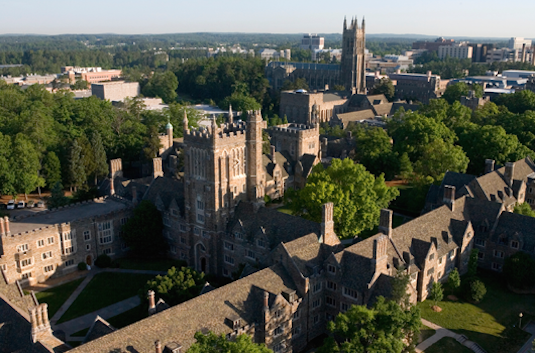Motion Processing in Direction Selective Retinal Ganglion Cells through Dynamic Environments

Direction-selective ganglion cells (DSGCs) deliver signals from the retina to multiple brain areas to indicate the presence and direction of motion. Delivering reliable signals in response to motion is critical across light levels. Here I determine how populations of DSGCs adapt to changes in light level, from moonlight to daylight. Using large-scale measurements of neural activity, I demonstrate that the population of DSGCs switches encoding strategies across light levels. Specifically, the direction tuning of superior (upward)-preferring ON-OFF DSGCs becomes broader at low light levels, whereas other DSGCs exhibit stable tuning. Using a conditional knockout of gap junctions, I show that this differential adaptation among superior-preferring ON-OFF DSGCs is caused by connexin36-mediated electrical coupling and differences in effective GABAergic inhibition. Furthermore, this adaptation strategy is beneficial for balancing motion detection and direction estimation at the lower signal-to-noise ratio encountered at night. These results provide insights into how light adaptation impacts motion encoding in the retina.






